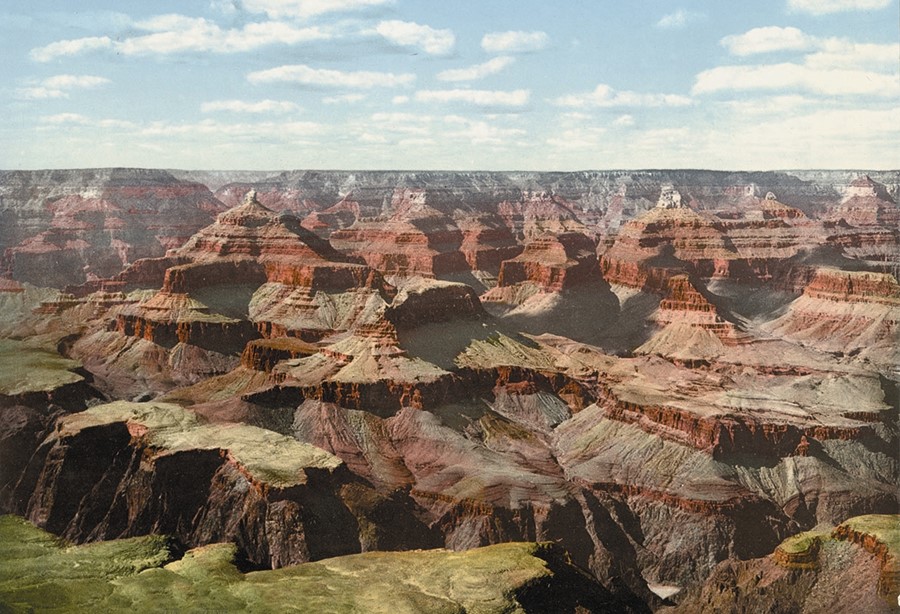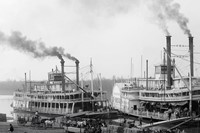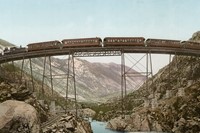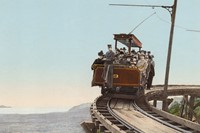A new book celebrates the emergence of the American nation through an extraordinary archive of the postcards sent by its people
By the turn of the twentieth century, postcards were all the rage in America. More than a decade before the Lumière brothers patented Autochrome in 1903, a process called Photochrom was making it possible for people to view colour impressions of the great expanses and burgeoning cities of the new continent. Pioneered in Switzerland, the Detroit Photographic Company soon started using this technique, which transformed black and white negatives via direct transfer onto printing plates. Through these ‘photostint’ images, people could marvel at the saturated hues of urban washing lines, kerbside bread sellers, market stalls and scenes of early commercial activity. Perhaps more breathtaking were natural wonders such as Niagara Falls and the recently discovered Grand Canyon, or the ‘exotic’ Native American populations of Colorado and Alberta, Canada.
"This new work offers a view of the incredible breadth of landscapes and climates of a continent breaking out of its infancy"
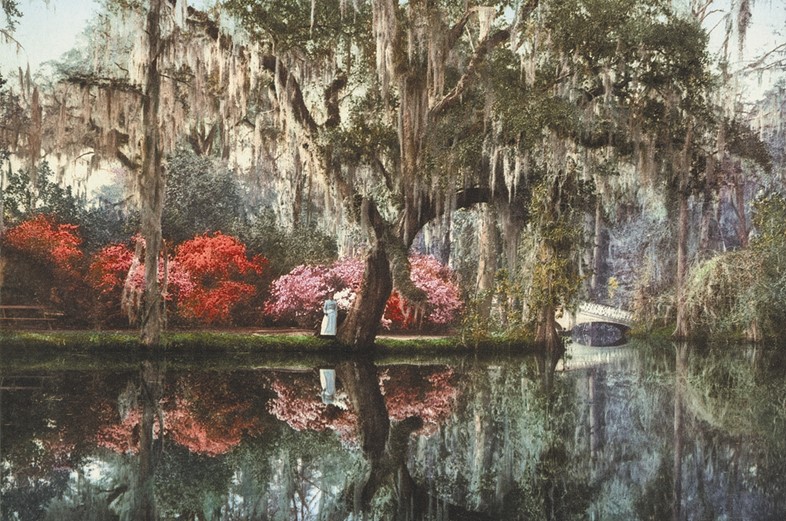
But before they could produce such penny diversions, private US companies had to wait for the passing of the Private Mailing Card Act in 1898, which allowed them, and not just the post office, to produce the visual delights that circulated globally in their hundreds of millions before the First World War. While depictions of World Fairs and other mass events were popular, it was the more uncharted territory – captured first in black and white by dauntless explorers such as WH Jackson – that sparked the imaginations of the populace. A soldier on the field at the famous battle of Gettysburg, after being discharged from the army, Jackson established a photographic studio, and spent the next 30 years travelling the country, capturing phenomena including the Yellowstone River and the Rocky Mountains, as well as the little-documented peoples of America’s West.
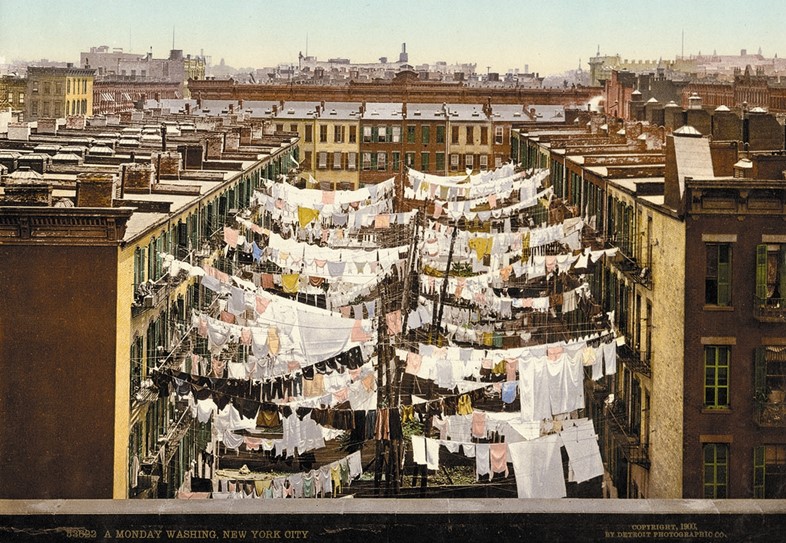
When he sold his stock of negatives to Detroit Photographic just before the turn of the twentieth century, Jackson presented them with around 10,000 works depicting the Western territory, and it was this that became the foundation for the company’s archive of over 100,000 subjects covering the years 1888 to 1924 – many of which would come to be used as colour postcards. An American Odyssey, a new book from TASCHEN, presents works from this incomparable archive, probably the most significant collection of American photographs from the period. The volume offers both a candid glance at the lives of recent immigrants and native peoples, as well as the incredible breadth of landscapes and climates of a continent breaking out of its infancy.
An American Odyssey is out now, published by TASCHEN.
Text by Ananda Pellerin
